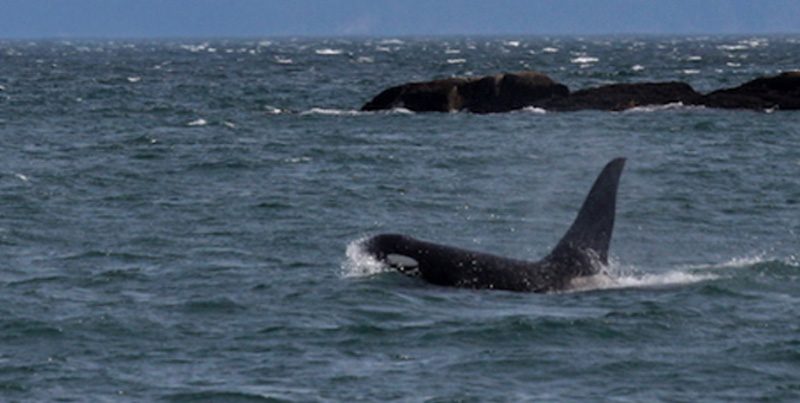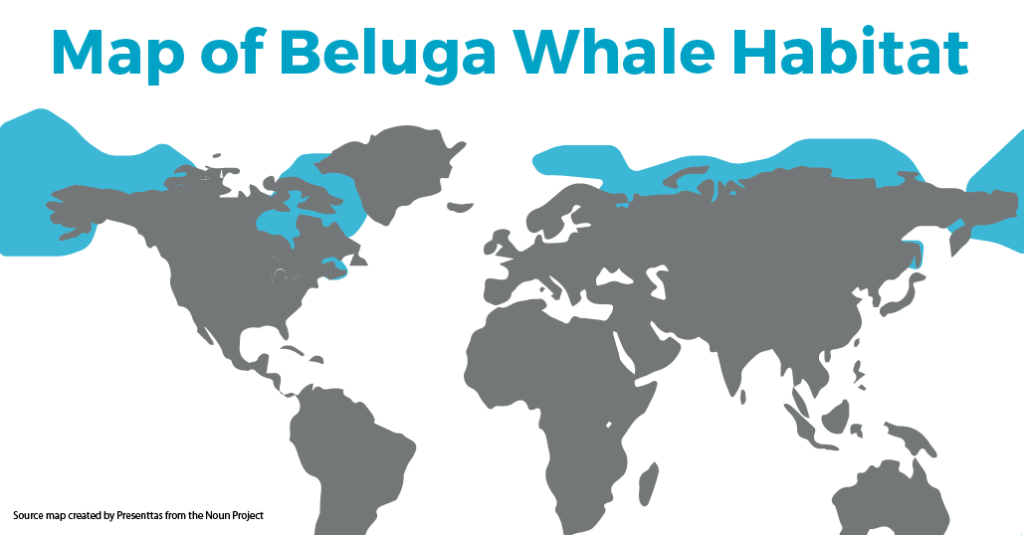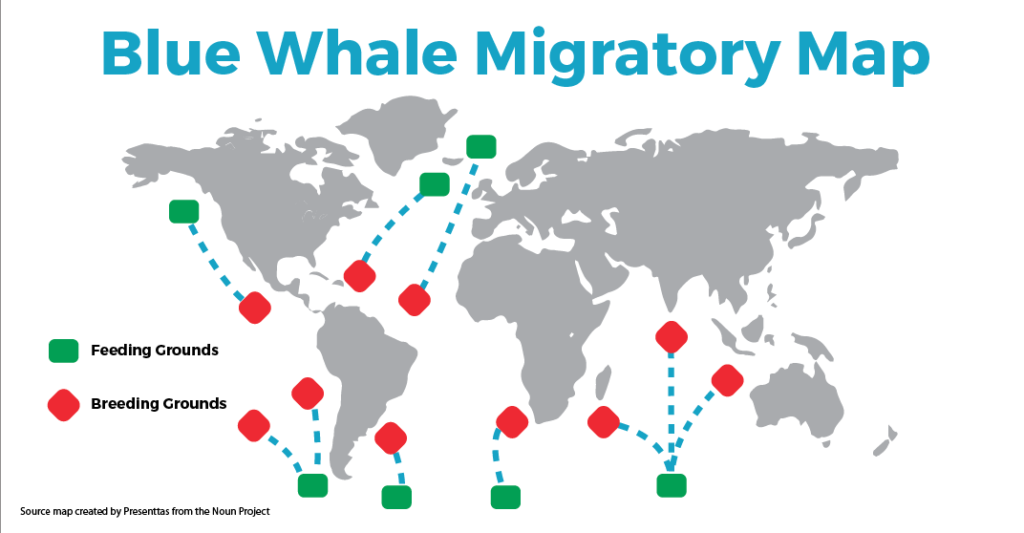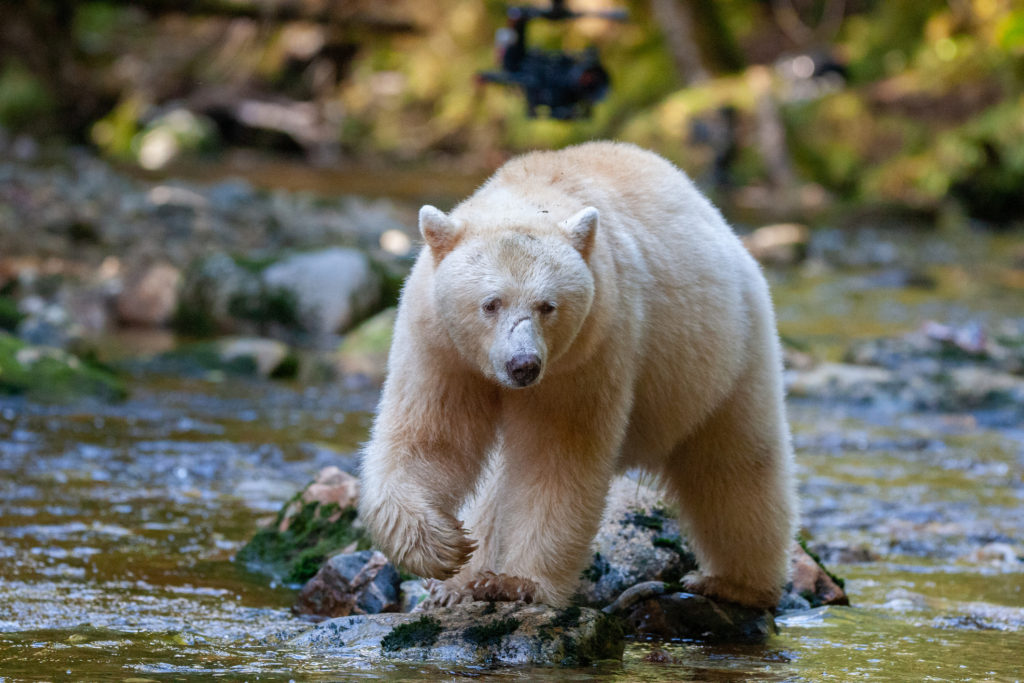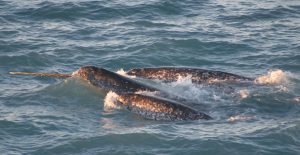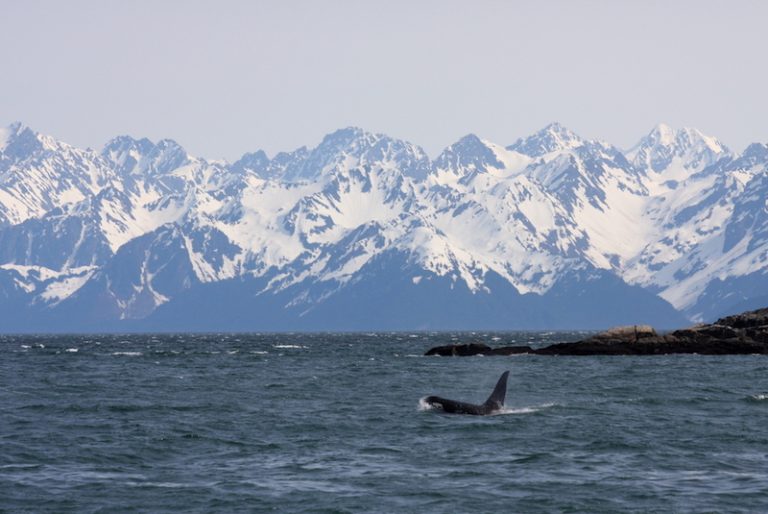Whale Threats
WHY ARE WHALES
ENDANGERED?
There are a variety of whale threats and most of which is the direct result of human activities. In the past century, many of the large whale species have been hunted to the brink of extinction by industrial whaling. Although some of those species are slowing recovering from progressive regional bans on commercial hunting.
Today, some of these whale populations are stable, and/or slowly increasing, while others continue to decline. Of the 13 “Great Whale” species, 7 of them are currently classified as endangered or vulnerable.
Status of Feature Species:
- Humpback Whale: Least Concern
- Orca (Killer Whale): Data Deficient
- Gray Whale: Least Concern
- Beluga Whale: Near Threatened
- Narwhal: Near Threatened
There are whale threats from entanglement
Whales are susceptible to entanglement in commercial fishing gear. This can slow whales down, weakening them, and can prohibit them from feeding leading to eventual starvation and death.
In some areas, networks are set up to disentangle whales that are reported to be in trouble. The North Atlantic Right whale off the US East Coast is especially vulnerable to entanglement.
There are whale threats from commercial whaling
Commercial whaling began in the 1800’s and nearly drove some whale species to extinction. Some species have still not recovered from being hunted and are currently listed as endangered. Although commercial whaling is not the biggest threat facing whales today, it still exists.
In the Southern Ocean, despite being a whale sanctuary, some nations are still hunting there, killing more than 1,000 whales each year despite it being illegal.
There are whale threats from Ship Strikes
Whale habitat and migration corridors overlap with areas of heavy ship traffic. Cargo ships, cruise ships, and tankers are almost always lethal when they strike a whale. In some areas, reduced speeds have been implemented where interaction between ship traffic and whales is most likely to occur.
Finally, there are whale threats from Climate Change
Climate change has had a multitude of effects on the oceans, which in turn have had adverse impacts on marine mammals. Most large whale species depend on krill, a small shrimp-like crustacean, and fish as prey. As ocean temperatures rise from climate change, prey populations, such as krill, become affected. Climate change also affects ocean currents altering prey distribution, changing feeding grounds, and altering the migratory pathways of whales.
Other threats include the ingestion of marine debris, oil and gas development, disturbance by recreational watercraft, and noise pollution.

